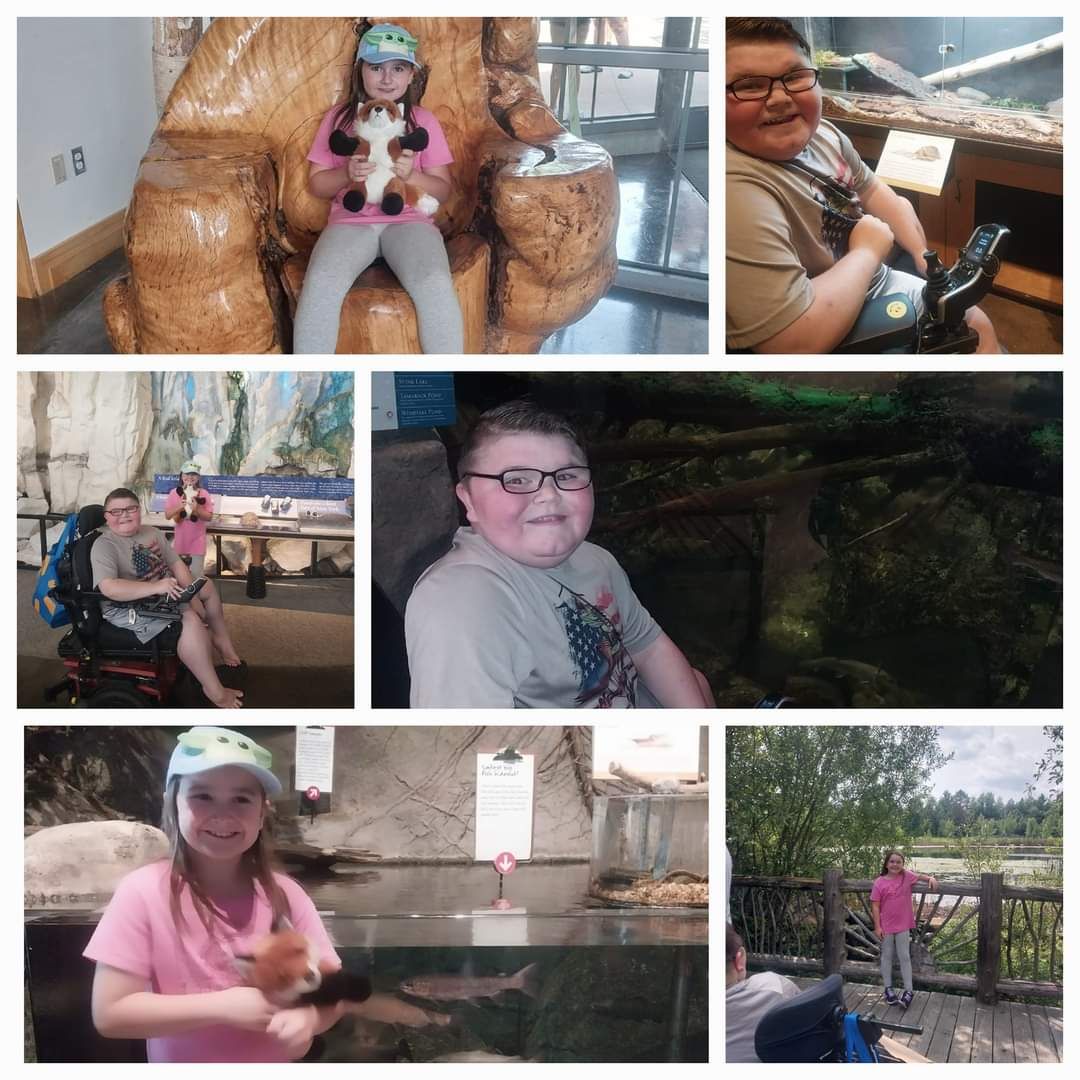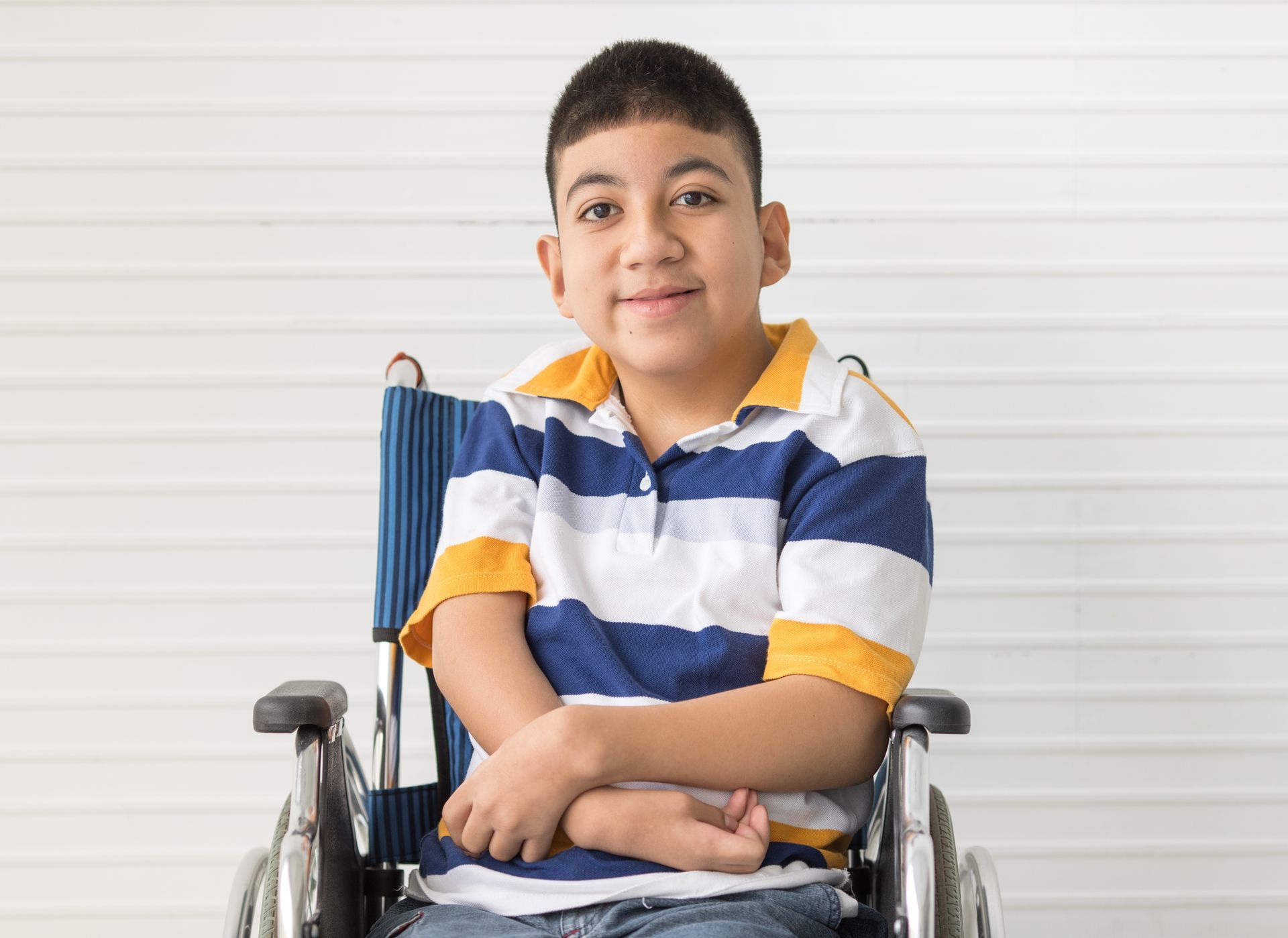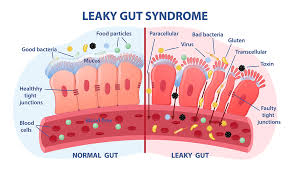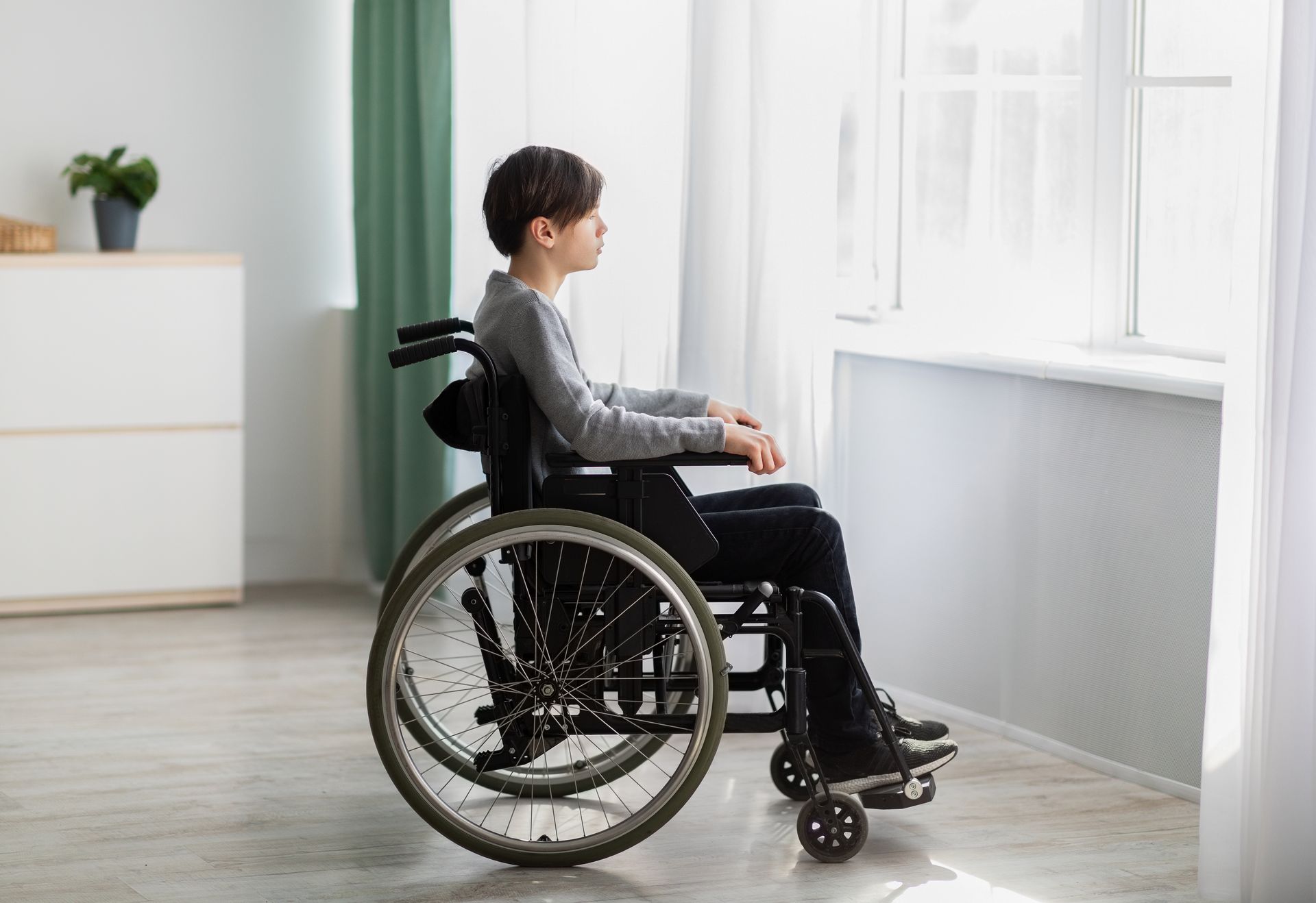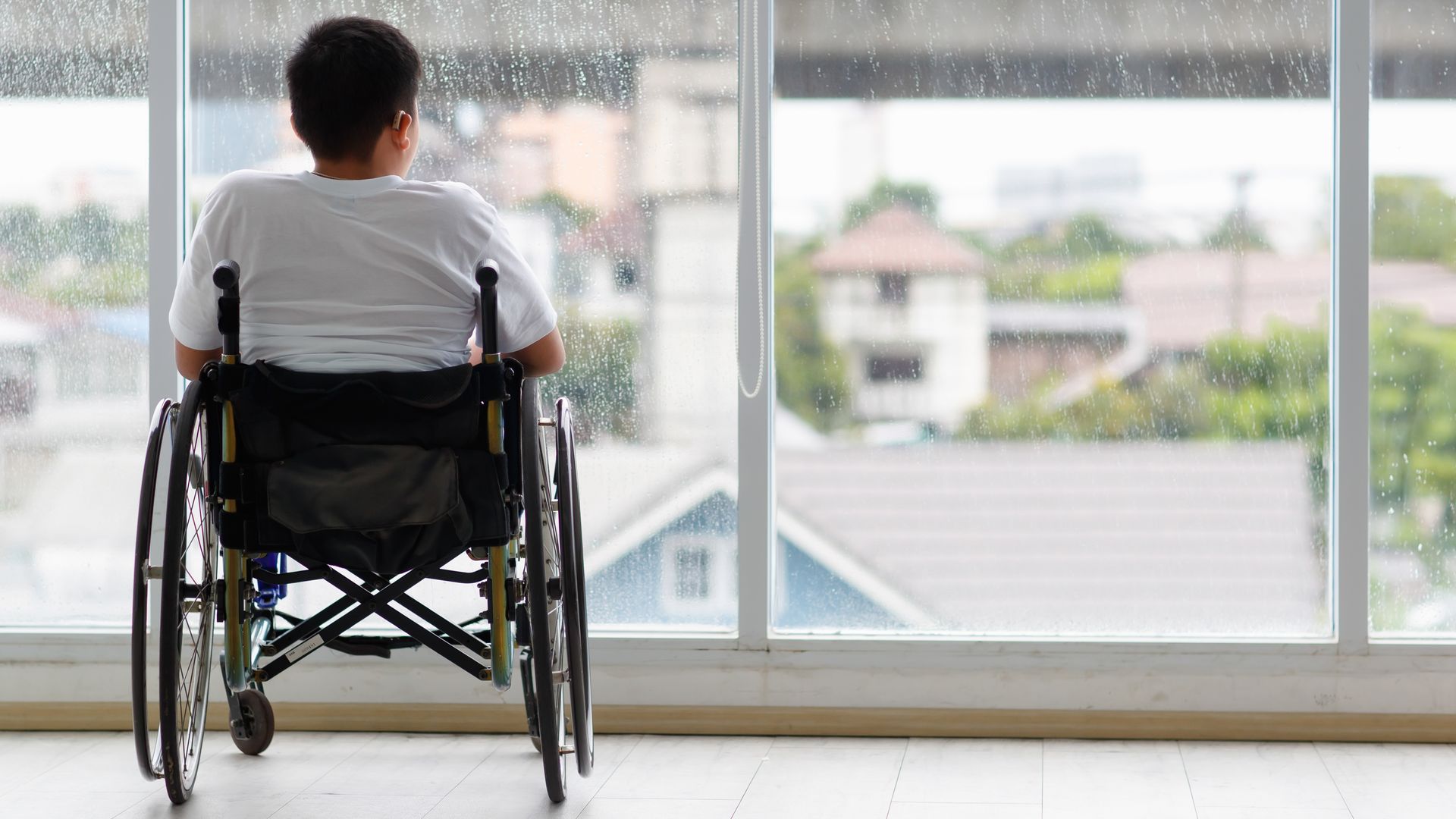JAR of Hope Changes a Family's Life

Ashley and Adam Wells live in a small town in upstate NY, with their two children, Adam Jr, 13, and Evelyn, 8.
Adam Jr. was diagnosed with Duchenne muscular dystrophy just after his sixth birthday. And needless to say, life hasn’t been the same for the Wells family since then.
“It all started when Adam’s teacher mentioned to me that his calves seemed unusually large,” Ashley Wells says. “One thing led to another…actually, one test led to another. Eventually he was diagnosed with Duchenne muscular dystrophy. And, like most people, we had never heard of this disease.” (Adam Jr. isn’t alone, though; Ashley notes there are now four kids in their school district with Duchenne.)
Duchenne md, of course, is a progressive muscle-wasting disease, with no cure even after more than 200 years. It occurs mostly in boys. By nine or ten, these kids start losing the ability to walk. By the mid-teens, they’re generally breathing on ventilators. And their lifespans extend generally only to the mid-twenties.
In recent years, Adam Jr’s condition has made it harder for the Wells family to go out on the hiking, camping, and fishing trips they love. Automobiles, of course, aren’t made with Duchenne patients in mind. And it’s been getting progressively more difficult to get Adam Jr. into the family car, then out of the car and into the wilderness, and then back into the car again.
“Adam loves school; he’s a straight-A student,” Ashley says. “But he loves Nature just as much. And it was getting harder and harder to get him out there, because our car – almost any car, really – isn’t built for transporting kids with Duchenne.”
Then Lady Luck stepped in. Ashley’s sister-in-law did some research, and found out about JAR of Hope. So she contacted JOH, and after speaking with Jim Raffone, Founder/CEO, she referred Ashley to him.
As the family had previously been contacted about Adam Jr. by several “schemers,” Ashley says, they wanted to check JAR of Hope out carefully. And that’s exactly what they did.
“The diagnosis of Duchenne md is shattering for families,” she says. “Needless to say, when you look for help, you want to be sure you can trust who you’re dealing with. So we took a careful look at JAR of Hope. Not only were they raising funds to research a cure for this disease, but they were doing it in unique ways. And I discovered they were really good at getting the word out about this horrible disease and its effect on families.”
There’s a good reason JAR of Hope is so good at getting the word out. Jim and Karen Raffone’s youngest child, 15-year-old James Anthony (”Jamesy”), also has Duchenne. So they know firsthand the pain parents of these kids feel.
The average charitable foundation doesn’t have a team that climbs Mount Everest to raise funds for a cure, which JOH did two years ago. Or that participates in athletic events all over the world, some of them lasting a full week, and involving freezing nighttime temperatures in the mountains or steaming daytime temperatures in the desert. (And the average charitable foundation doesn’t have a founder like Jim Raffone, who, at a muscular 53, leads the JOH team in all these events.)
Ashley Wells remembers a conversation in which she mentioned to Jim the difficulty in getting Adam Jr. into and out of the car to enjoy the outdoor pursuits he loves.
“We did some research into the type of car that would be appropriate,” Jim Raffone says, “and that would also be available. And when we found such a car, we went after it.”
What they found was a 2019 Dodge Grand Caravan. But not just any 2019 Dodge Grand Caravan.
The car seemed perfect for the Wells family. It could go off-road and even onto beaches. It had a fishing-rod holder, and a traction chair. It also had a joystick, which allows people with motor disabilities to operate the steering wheel by remote control. And it had a lot of room.
But a car like that costs a lot of money. Some of it was raised by a benefit in the town. Some of it was also raised by administrators and teachers at Adam’s school. However, by the end of these efforts, the family was still nearly $8,000 short.
“That’s when we upped our involvement,” Jim Raffone says. “We raised the rest of the funds for the family. And now they have a car that Adam Jr. can get in and out of comfortably – with futuristic electronics that really help him – so he can experience all the great outdoors pursuits he loves.”
Like most parents with kids with Duchenne md, Ashley Wells will never forget when she heard the diagnosis.
“I’d never heard of this disease until that day,” she says. “I received a phone call at work from the doctor…and it was the hardest thing I’ve ever had to hear. But we just keep pushing forward.
“And having an ally like JAR of Hope gives us real hope.”
